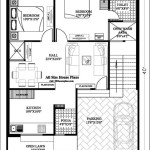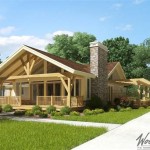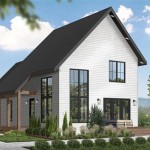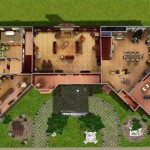In the 1900s, homes in both rural and urban areas of the United States exhibited a distinctive assortment of floor plans. These plans influenced the way families lived and interacted within their homes. Common Characteristics of 1900s House Plans
- Symmetry: Houses often featured symmetrical designs, characterized by a central axis with matching elements on both sides.
- Formal and Informal Spaces: Homes often had separate formal and informal spaces. Formal spaces were typically located near the front of the house and were used for entertaining guests. Informal spaces, such as the kitchen and family room, were located in the back or sides of the house.
- Porches and Patios: Many 1900s homes featured porches and patios, which provided outdoor living spaces.
- Craftsman and Bungalow Styles: The Craftsman and Bungalow styles were popular during this period. Craftsman-style homes often had a low-pitched roof, exposed beams, and natural materials such as wood and stone. Bungalow-style homes were typically small and had a simple, rectangular shape.
- Regional Differences: House plans varied depending on the region of the country. In colder climates, homes were often built with smaller windows and thicker walls to conserve heat. In warmer climates, homes were often built with larger windows and more open floor plans.
- Economic Class: The size and layout of a home also depended on the economic class of the family. Wealthy families often had large homes with multiple bedrooms, bathrooms, and formal dining rooms. Working-class families often had smaller homes with fewer amenities.
- Family Size and Needs: The size and layout of a home also depended on the family size and needs. Homes with large families often had more bedrooms and bathrooms. Homes with children often had a dedicated playroom or nursery.
- Formal and Informal Spaces: The separation of formal and informal spaces allowed families to entertain guests in a more formal setting while still having a comfortable space to relax and spend time together.
- Porches and Patios: Porches and patios provided families with an outdoor space to enjoy the weather, socialize with neighbors, and spend time together.
- Family Size and Needs: The size and layout of a home could accommodate the changing needs of a family as it grew.

210 Vintage House Plans 1900s Ideas

210 Vintage House Plans 1900s Ideas

1908 William A Radford Plan No 7054 Queen Anne Free Classic Victorian House Plans

1900 House Design 2 Or 3 Bedroom Similar To Angela S Family Home Featured In Safe Keeping Vintage Plans Cement Small Floor

1900s Ilrated Book Lumberman S House Plan 200 Plans Chairish

1900s Farmhouse Plans Victorian House Floor

Craftsman With 1900 S Flair 72103da Architectural Designs House Plans

The Virtual Builder Vintage House Plans Mediterranean How To Plan

Victorian House Floor Plans

9 Vintage Cottage Home Plans From 1910 Americana








